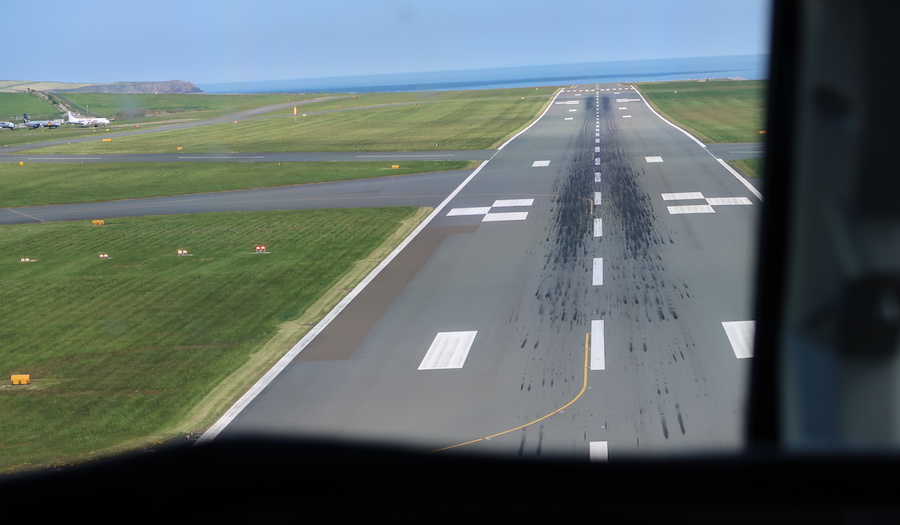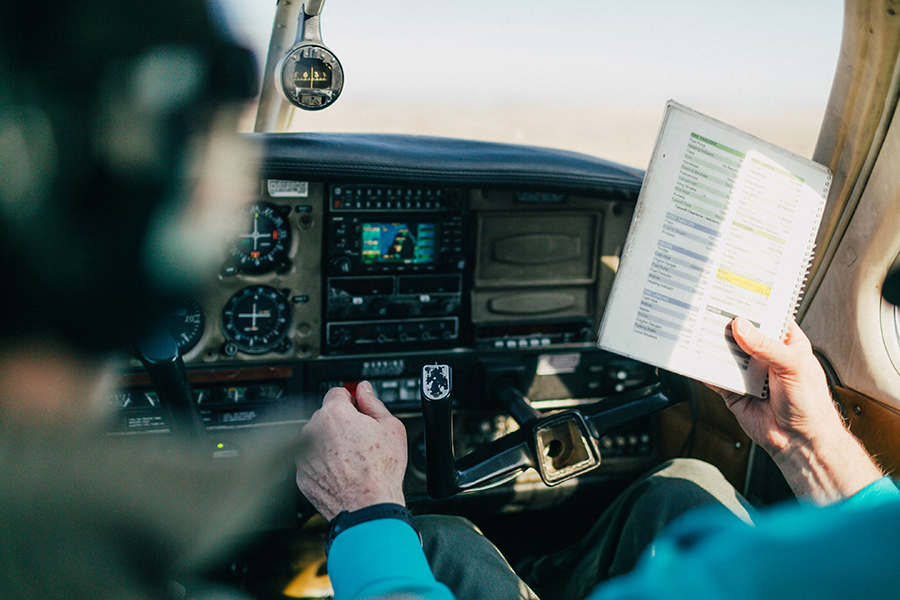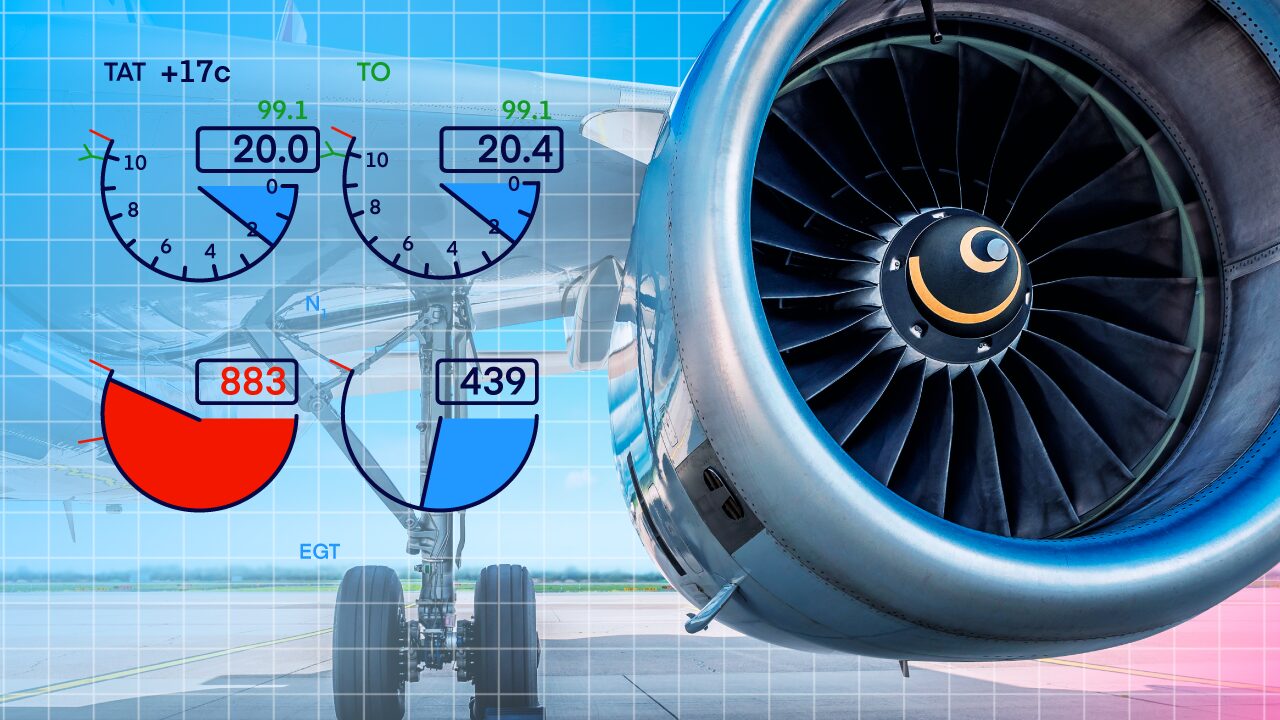Landing an aircraft allows everyone on the airfield and in the aircraft to critique your abilities. Slam the aircraft into the ground compressing everyone’s spines, or bounce it down the runway, and that’s the only bit of the flight everyone remembers. We’ve all done that slow embarrassing walk back to the office. Yet, modern aircraft can auto-land without pilot input, so how hard can it be?
In reality, a good landing is the alchemy of three things. Science, technique, and a little bit of art. We’ll discuss those first two components, highlighting important points to remember. Then we’ll discuss some general tips to assist with the third.
Science
Consistency is key when planning and executing a circuit and landing. Auto-landing computers ensure the proper aircraft configuration, power settings, trim settings, and aircraft position for every landing they make, and they nail it every time. They have a consistent set of rules that they apply every time. Why do we pilots make it so difficult for ourselves by not following the same rules?
We know we need to slow the aircraft down to circuit speed at a certain altitude and run some downwind checks. So give yourself time to set the power, trim straight and level, and do your checks. Being rushed is not setting yourself up for a good arrival.
We also know that a retrim is required when we change power, attitude, or flap settings. Don’t be in such a hurry that you ignore trim settings. As you graduate to landing larger aircraft, you have a world of discomfort coming at you if you’re not flying the trim. Take the time to stabilize the aircraft at its new flap setting and trim it correctly.
Know the 1.3 x Vso, or approach speed, of your aircraft. The approach speed is the minimum approach speed in the landing condition. It gives you a 30% safety margin above the stall without being too fast. While you won’t necessarily fly the whole approach at that speed, you do need to nail it on short final. Many pilots struggle to land smoothly from carrying excessive speed on final approach. One time to deviate from this would be in gusty conditions, giving yourself a higher margin over the stall.
The science of landing is about consistency, smoothness, and gradual change. If your circuits and approaches are choppy, at the wrong speeds, and with frequent power changes, the chances of a smooth landing are remote.
Technique

When you’re on final and have power, flap, and speed settings correct and the aircraft is correctly trimmed, you’ll find yourself with time to spare. Now’s the time to get your head outside and allow the bigger picture to guide you. If you have drift on, smoothly make the small but necessary changes to either crab or slip to maintain runway alignment.
Long final
Where is your aiming point for a touchdown? Make gentle power changes to ensure the aiming point stays stationary on your windscreen. If the point moves up the windscreen, apply a little more power, else you’ll undershoot. If it’s moving down the windscreen, you’ll overshoot your aiming point, so back off the power slightly.
Short final
Short final means checking your speed is at 1.3 x Vso if wind conditions allow. Use power for height adjustments and elevator to maintain speed. Now is the time to get your head truly out of the flight deck. When you raise your eyes to look down the runway, your spatial awareness increases, and you gain an appreciation of your alignment with and height from the runway. You’ll sense when you need power or elevator to maintain a stable descent, and you’re better able to maintain directional control.
Round out and flare
The round out occurs when you raise the aircraft’s nose to fly straight and level, eight to twelve feet above the runway, at the same time closing your throttle. This action reduces your descent rate and your speed.
Once you’ve rounded out, you can begin to flare, raising the nose from that straight and level attitude. Your descent rate reduces further, and you’re presenting the aircraft nose high, enabling the main gear to touch first.
Unless in challenging wind conditions, or landing a tailwheel aircraft, avoid large or jerky movements. Smoothly begin your round out, and as your attitude changes, you’ll immediately sense if you’ve begun to flare too high or too low.
Too high, and you can check your elevator movement and apply a trickle of power to fly through the extended float. Do not allow your nose to drop. Continue the landing, maintaining directional control and making the small movements necessary to prevent drift. If you flare too high on a short strip, grab a fistful of throttle, go around and try it again. Trying to wrestle the aircraft onto the ground in the remaining runway length is a recipe for an overrun.
If you sense that you’ve begun rounding out too low, you can smoothly increase the rate of back pressure straight through into the flare to reduce your descent rate and touch the main wheels first.
Now you’re on the ground and rolling out, possibly nose high; it’s time to remember the flight isn’t over yet. Maintain directional control with rudder input. If you have a crosswind, turn your ailerons into it.
Art
The art of landing is apparent when events conspire not to allow a nice square circuit or a leisurely straight-in approach from three miles out. It comes from that so-called seat of the pants knowledge; the sense that comes from familiarity and comfort with the aircraft that makes it an extension of yourself.
You become in-tune with the aircraft, not needing to look inside the cabin to know your speed is bleeding off; you can hear, see, and feel it. You’re already making the control inputs to maintain speed as you apply flap, trimming the control forces out without thought. You can feel that a touch more rudder will correct a slight imbalance when you’re turning. You know how the aircraft will react when you suddenly have to apply full power in a turn.
That comfort and familiarity show itself when it’s not a lovely sunny day with eight knots of wind straight down the runway centerline. If it’s a howling crosswind under low clouds, or ATC has told you to keep your speed up on final because something large and heavy is following you in.
Those are the times when the art becomes apparent. You can maneuver the aircraft to meet the condition while still pulling off that tidy landing.
How to acquire it? Go flying, in all conditions. When it’s a marginal day with a crosswind, grab an instructor and do and pound the circuit. Get used to your drift across the ground when turning onto base leg or final, maintaining a balanced turn as you do.
Ask for some aerobatic training. You don’t need to get extreme, but feel the aircraft at unnatural angles and attitudes, and get comfortable with your ability to recover.
Summary
No one alive pulls off a perfect landing each time they fly. We all get it wrong at times. Yet, the secret is to know what to do next. Be in the moment and anticipate the aircraft’s next move and your immediate response. Yet, if you get the science right and religiously apply the techniques, you’re already streets ahead of many pilots today. The last thing to do is perfect the art. Get out and fly!

 @pilotinstituteairplanes
@pilotinstituteairplanes


